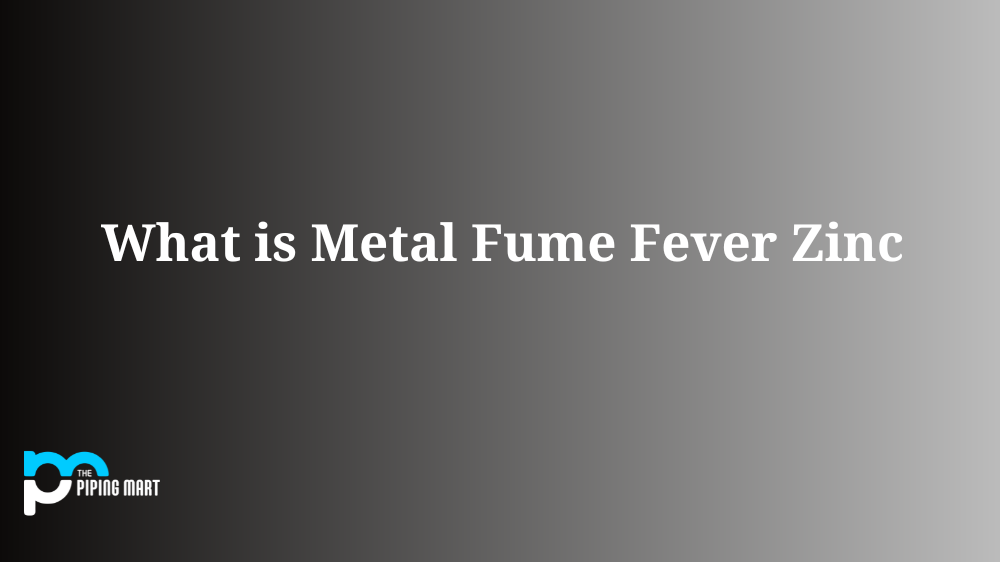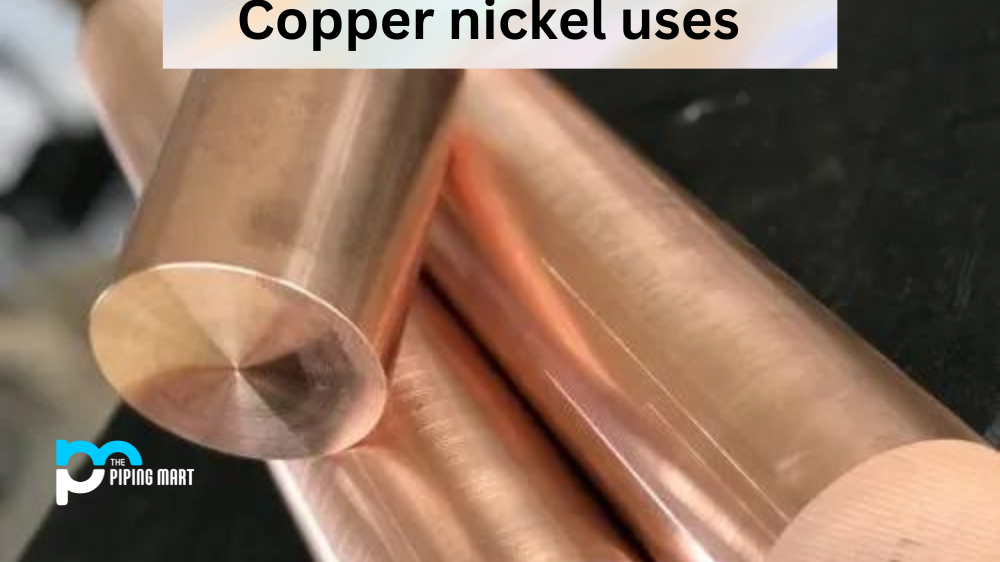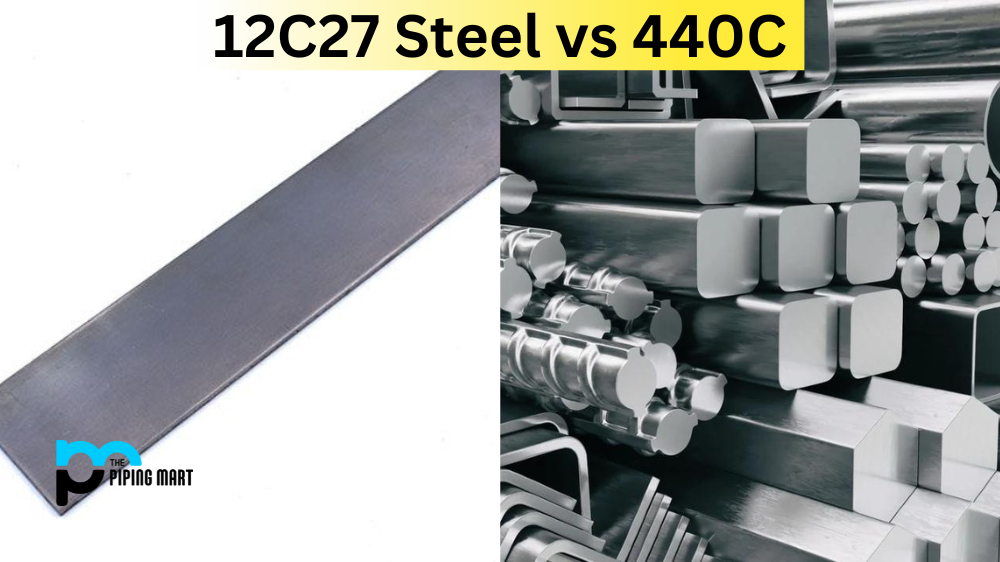Mild steel is a versatile material that can be used for various applications. But did you know that mild steel can also be heat treated? Heat treating is a process where a material’s physical and chemical properties are changed through heat, and it has many benefits when applied to mild steel. Let’s look at what you need to know about heat-treating mild steel.
What Is Heat Treating?
Heat treating is the process by which a material’s physical and chemical properties are changed through the application of heat. It can increase strength, toughness, wear resistance, corrosion resistance, or other properties. Heat treating involves heating the material above its critical temperature (the temperature at which phase changes occur) and then cooling it quickly or slowly depending on the desired results.
Benefits of Heat Treating Mild Steel
Heat treatment can have many beneficial effects on mild steel. For example, it can increase mild steel’s strength and wear resistance without making it brittle or changing its shape. It also improves corrosion resistance, helping prevent rust and other forms of decay in areas exposed to moisture or other corrosive elements. Finally, heat treating helps reduce stress levels in parts made of mild steel so they won’t warp over time due to uneven cooling after forming into their final shape.
How Is Heat Treating Done?
The exact process for heat treating depends on what type of results you want to achieve with your material, but generally speaking, there are three main steps: heating, quenching/cooling, and tempering. The heating step involves raising the temperature above its critical temperature so that any necessary changes are triggered in the material’s structure; this is usually done using an oven or furnace. The quenching/cooling step involves rapidly cooling the material so that all desired changes occur; this is generally done using water or oil baths for metals like mild steel. Finally, tempering involves reheating the metal to refine its properties further; this is usually done in an oven.
Conclusion:
Heat treating can effectively improve the properties of mild steel while preserving its shape and form factor – perfect for parts that need extra strength or corrosion resistance without becoming too brittle or warping over time due to uneven cooling after being formed into their final shape! If you’re looking for ways to make your mild steel parts better suited for their intended uses, consider giving heat treating a try! With proper research and planning, you should get great results with minimal effort!
Meet Heer, a dynamic and driven writer learning tricks of her trade in the metal industry. With a background in Digital Marketing, Heer brings a unique perspective to her writing, sharing valuable insights. Apart from blogging she like reading and hiking.




